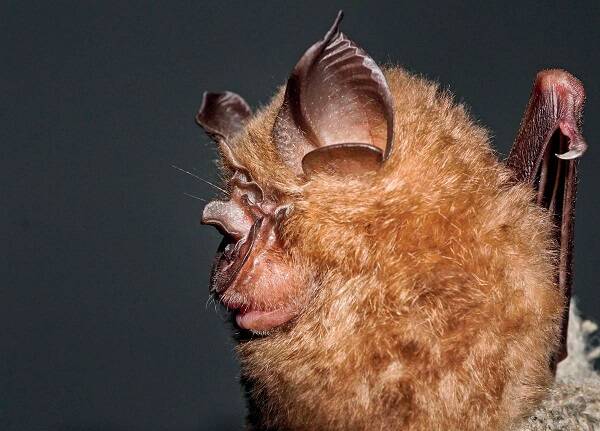
Rhinolophus pearsonii
Rhinolophus pearsonii
Rhinolophus pearsonii (Rhinolophus pearsonii) is a member of the Rhinolophid···

Rhinolophus marshalli
Lesser Brown Rhinolophus
Rhinolophus maculata is a small cave bat. It has been seen living in the sam···
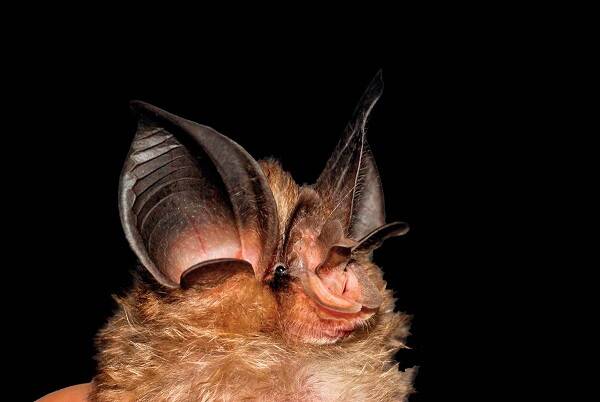
Big-eared Horseshoe Bat
Big-eared Horseshoe Bat
Rhinolophus macroetalis is a bat of the genus Rhinolophidae. It lives in sma···
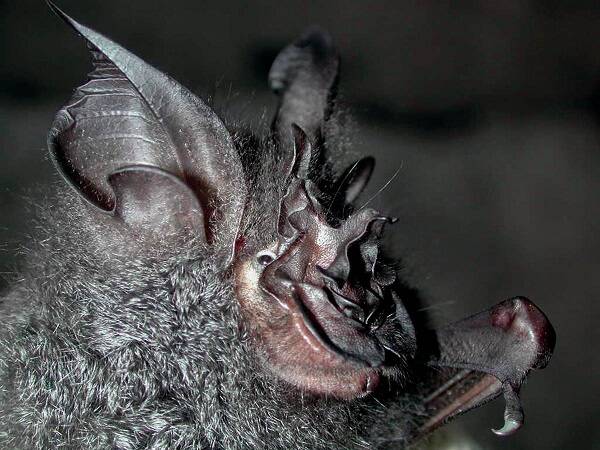
Rhinolophus luctus
Rhinolophus luctus;woolly horseshoe bat
The Great Rhinolophus lives in caves, often sharing a cave with other specie···
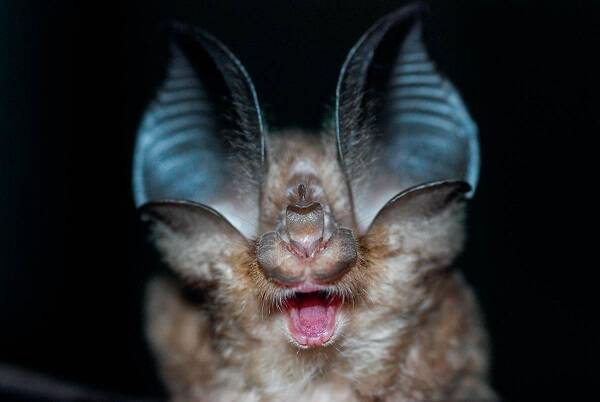
Rhinolophus huananus
Rhinolophus chinensis
The number of South China Rhinolophus is relatively rare, and it is a cave-t···
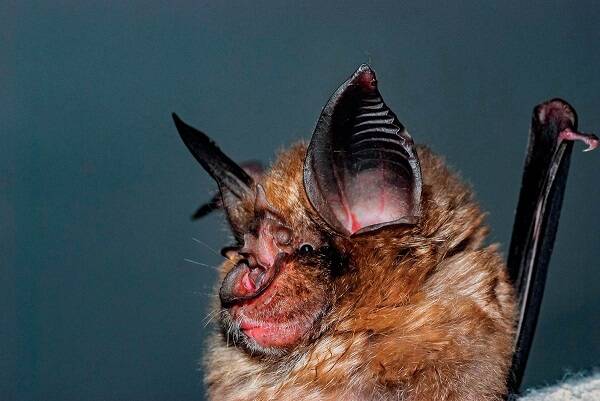
Greater Horseshoe Bat
Greater Horseshoe Bat
There are species of mouse-eared bat and Oriental bat in the roost cave. Dur···

porpoise
The porpoise (Phocoena phocoena in Latin), also known as porpoise, is the mo···

Sotalia fluviatilis
South American long-beaked dolphin, Amazon River white-sided dolphin
Tucuxi dolphin (scientific name: Sotalia fluviatilis) is also known as tucux···

Heaviside's dolphin
Cephalorhynchus heavisidii
Haviside's dolphin (scientific name: Cephalorhynchus heavisidii) is call···

Cephalorhynchus eutropia
black dolphin, black dolphin, Chilean dolphin
Chilean dwarf dolphin (scientific name: Cephalorhynchus eutropia) is also kn···

Cephalorhynchus commersonii
Black and white dolphin, panda dolphin, Connor's dwarf dolphin
The spotted beaked dolphin is the common name of Commerson's dolphin (sc···

Cephalorhynchus hectori
Hector's dolphin, Atlantic black and white dolphin, white-headed dolphin, New Zealand dolphin, white-headed beaked dolphin, Hector's dwarf dolphin
New Zealand black and white dolphins (scientific name: Cephalorhynchus hecto···
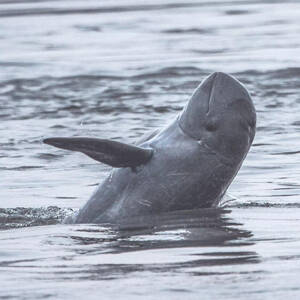
Orcaella brevirostris
Irrawaddy dolphin, fin dolphin
Irrawaddy dolphin (scientific name: Orcaella brevirostris), foreign name Irr···

Globicephala melas
Atlantic pilot whale, black whale, pilot whale
Long-finned pilot whale (scientific name: Globicephala melas) is also known ···
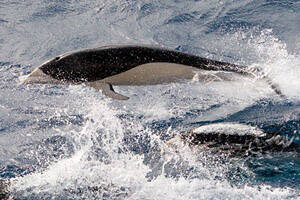
Lissodelphis peronii
Southern whale dolphin, beaked dolphin without dorsal fin
The Southern Right Dolphin (scientific name: Lissodelphis peronii) is also k···
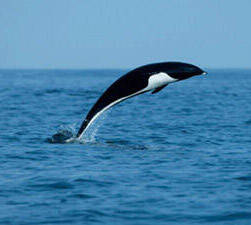
Lissodelphis borealis
Northern whale dolphin, warm water finless beaked dolphin
Northern right whale dolphin (scientific name: Lissodelphis borealis) is cal···
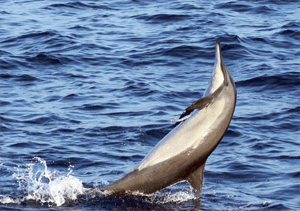
Stenella longirostris
Spinner dolphin, spinner dolphin, long-beaked spinner dolphin
Long-beaked dolphin (scientific name: Stenella longirostris) is also known a···
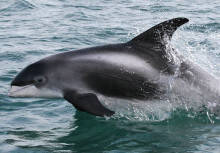
Lagenorhynchus albirostris
White-nosed dolphin, white-beaked dolphin, squid-hunting dolphin
White-beaked dolphin (scientific name: Lagenorhynchus albirostris) is called···
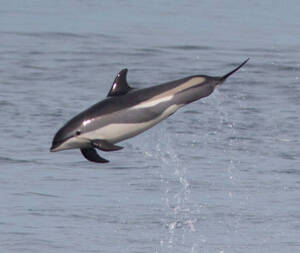
Lagenorhynchus acutus
Atlantic white-sided dolphin, jumping dolphin, bouncing dolphin
Atlantic White-sided Dolphin (scientific name: Lagenorhynchus acutus) is als···
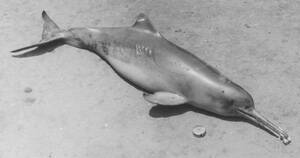
Pontoporia blainvillei
La Plata River Dolphin
The scientific name of the Lapu-Lapu river dolphin is Pontoporia blainvillei···
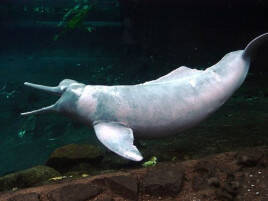
Inia geoffrensis
Amazon porpoise
The scientific name of the river dolphin is Inia geoffrensis. It is the larg···
